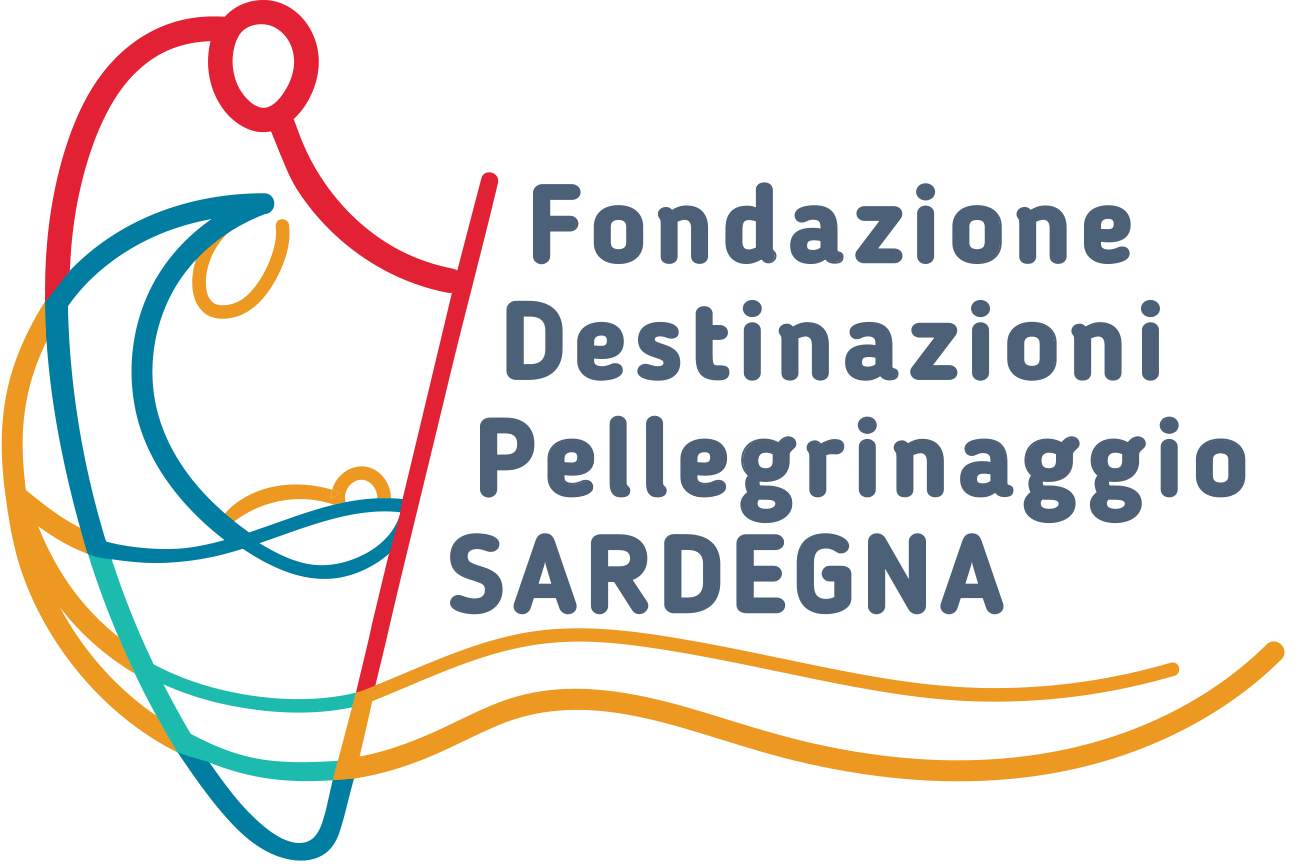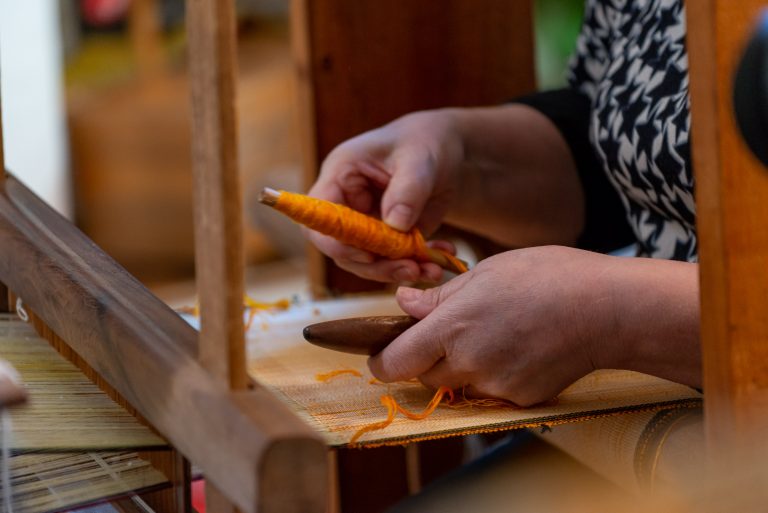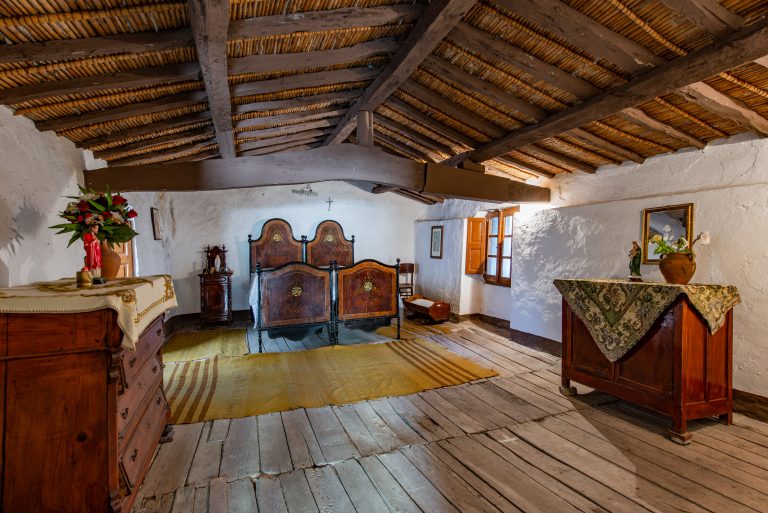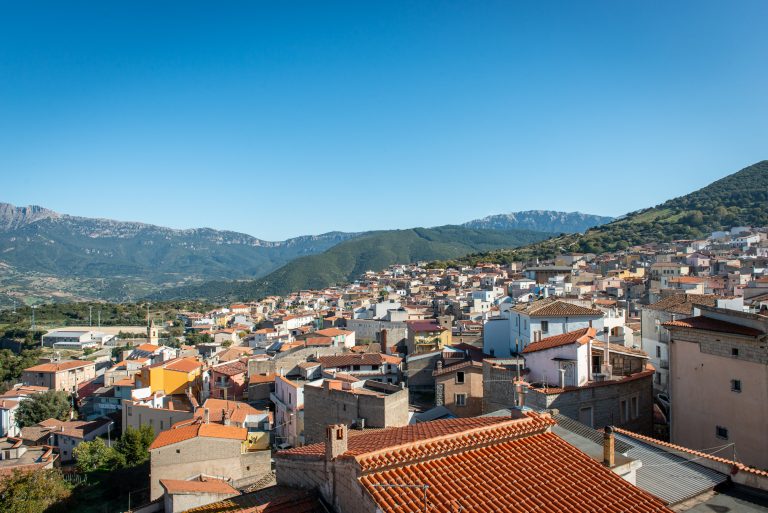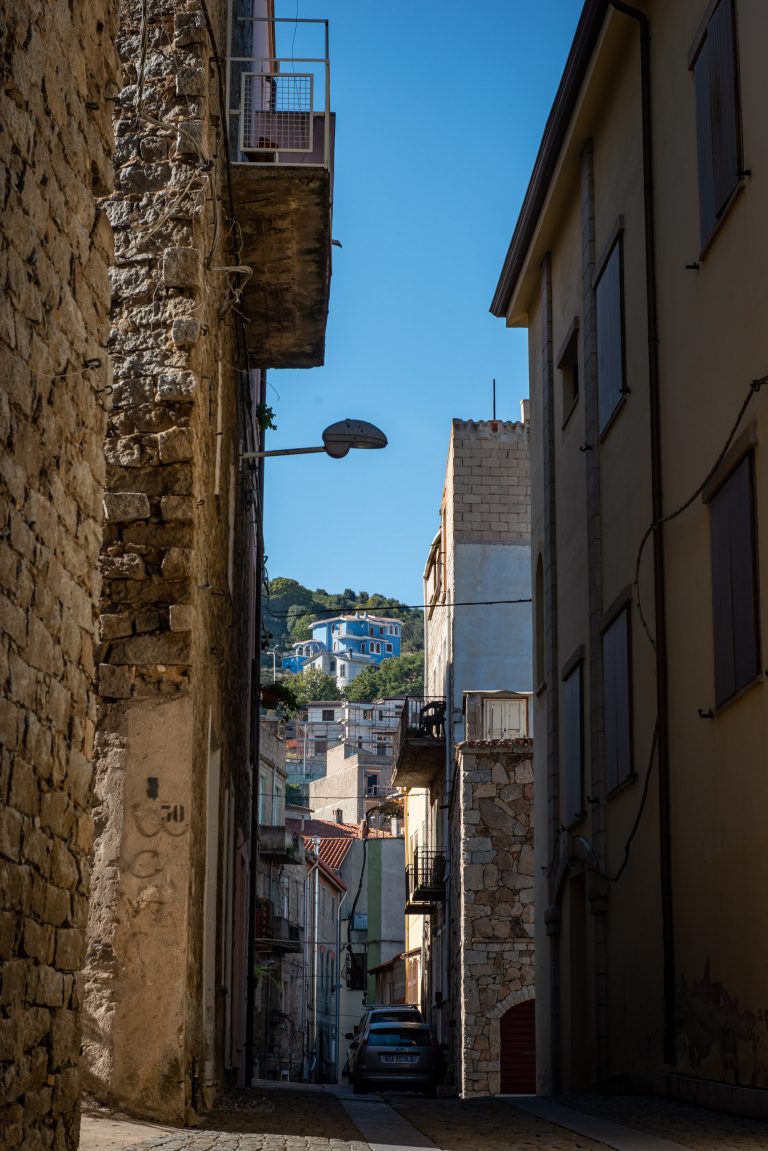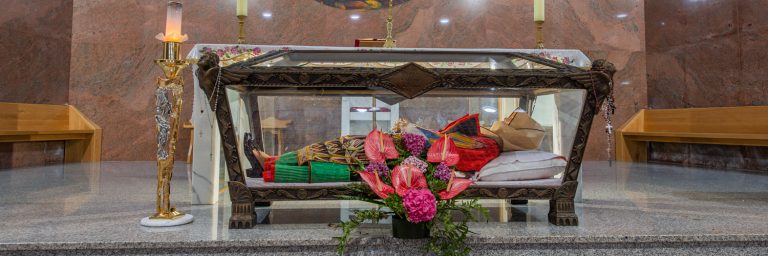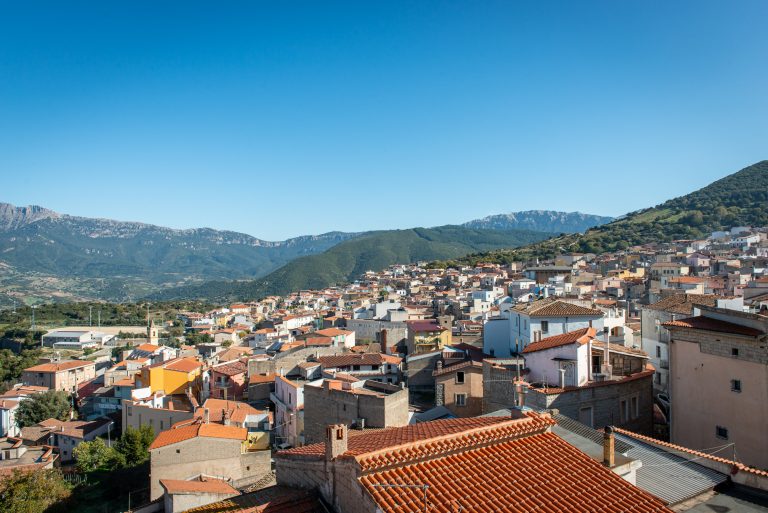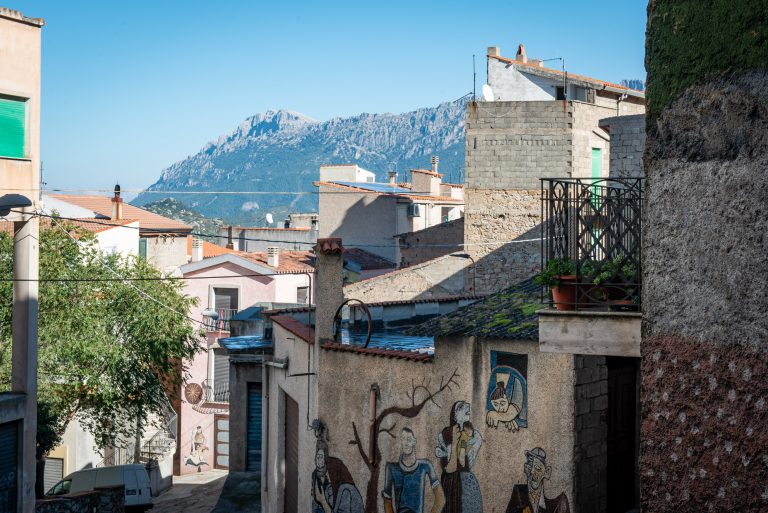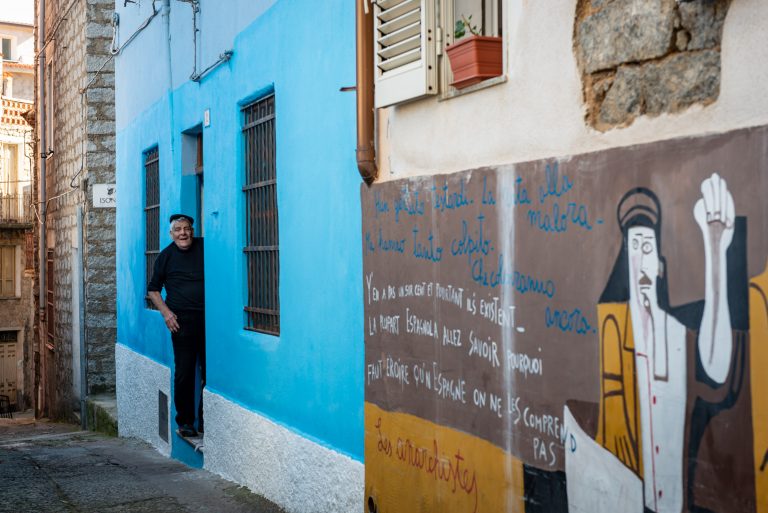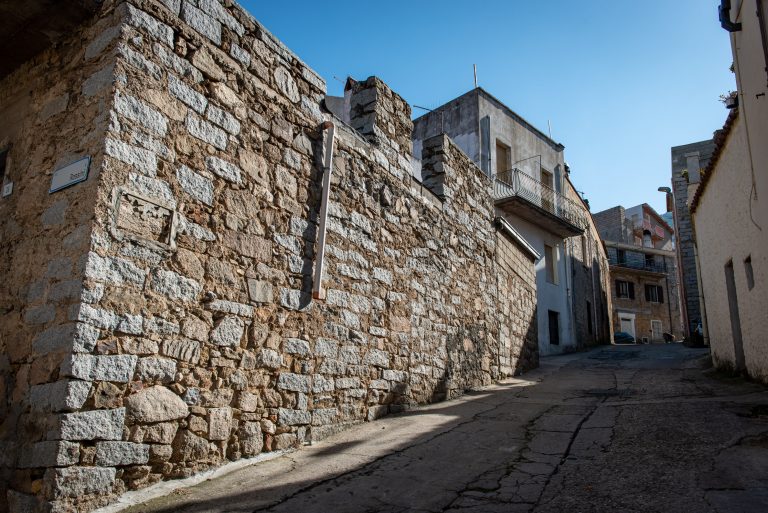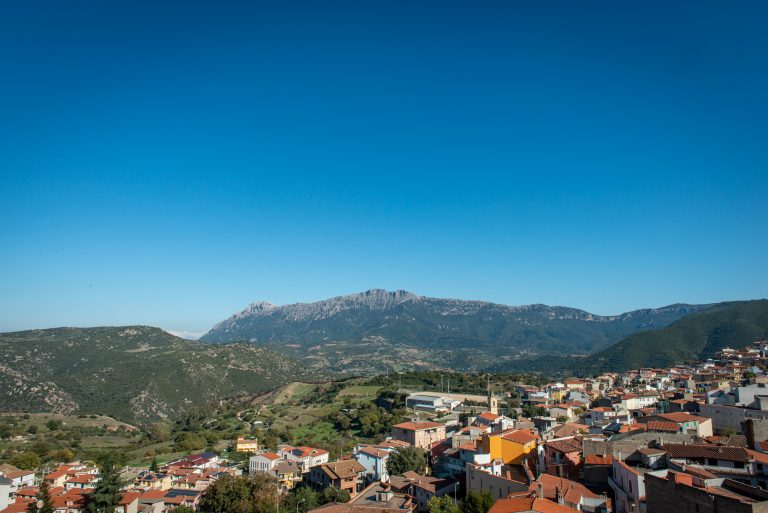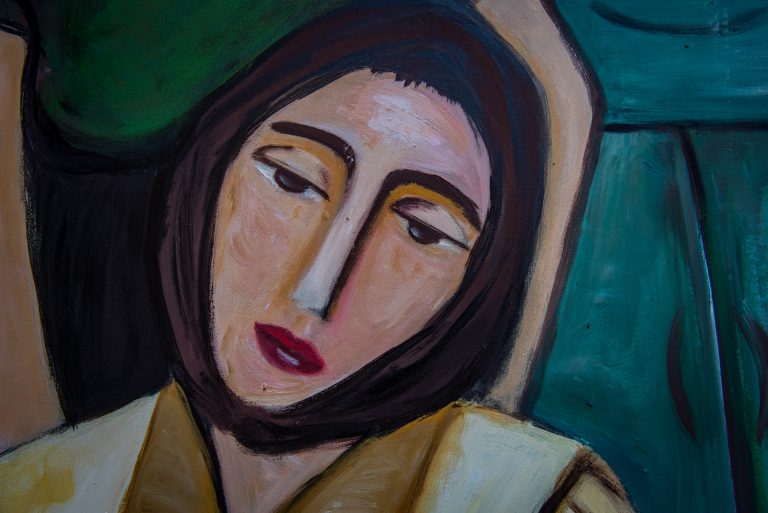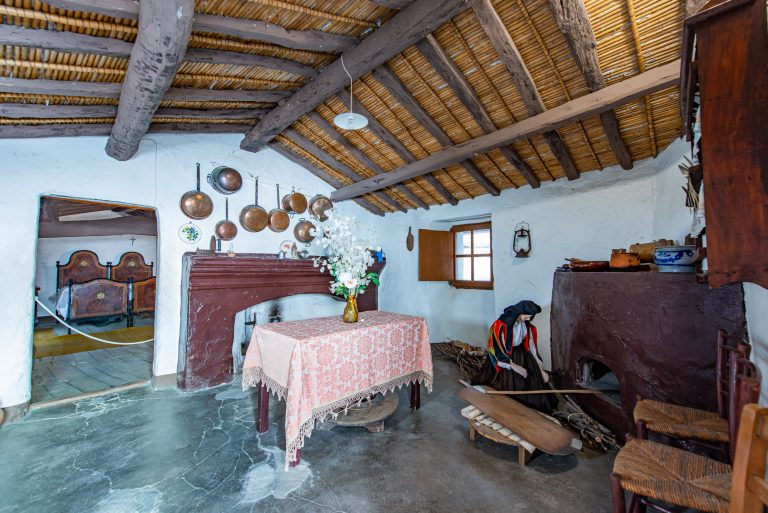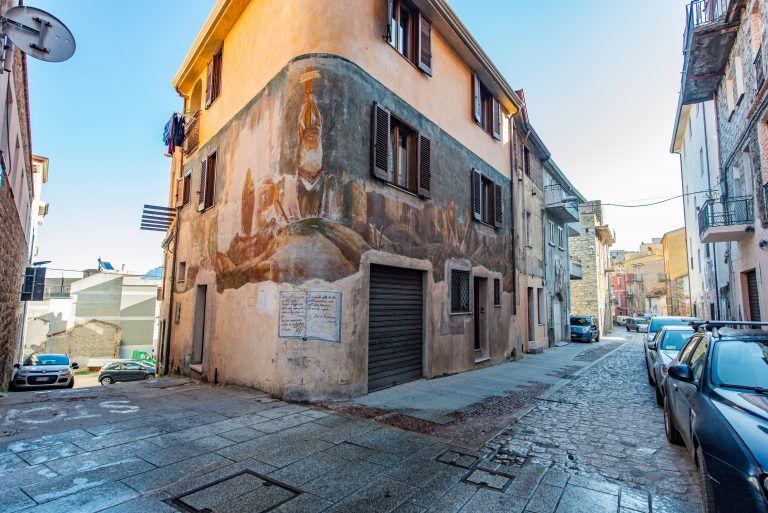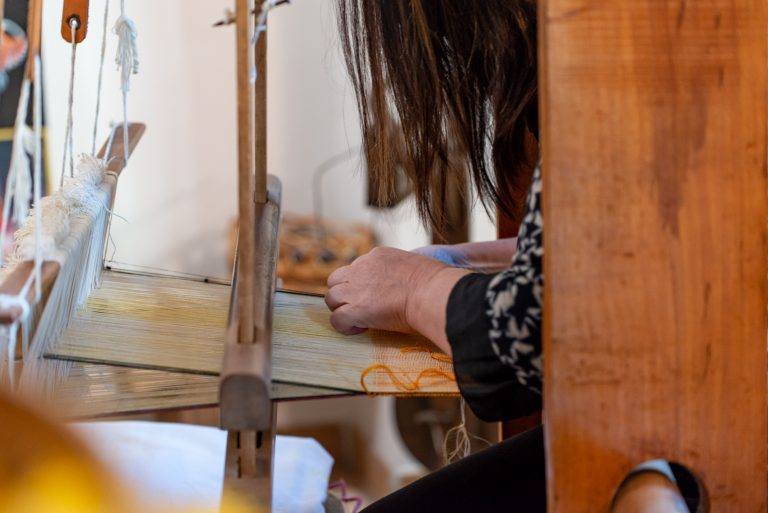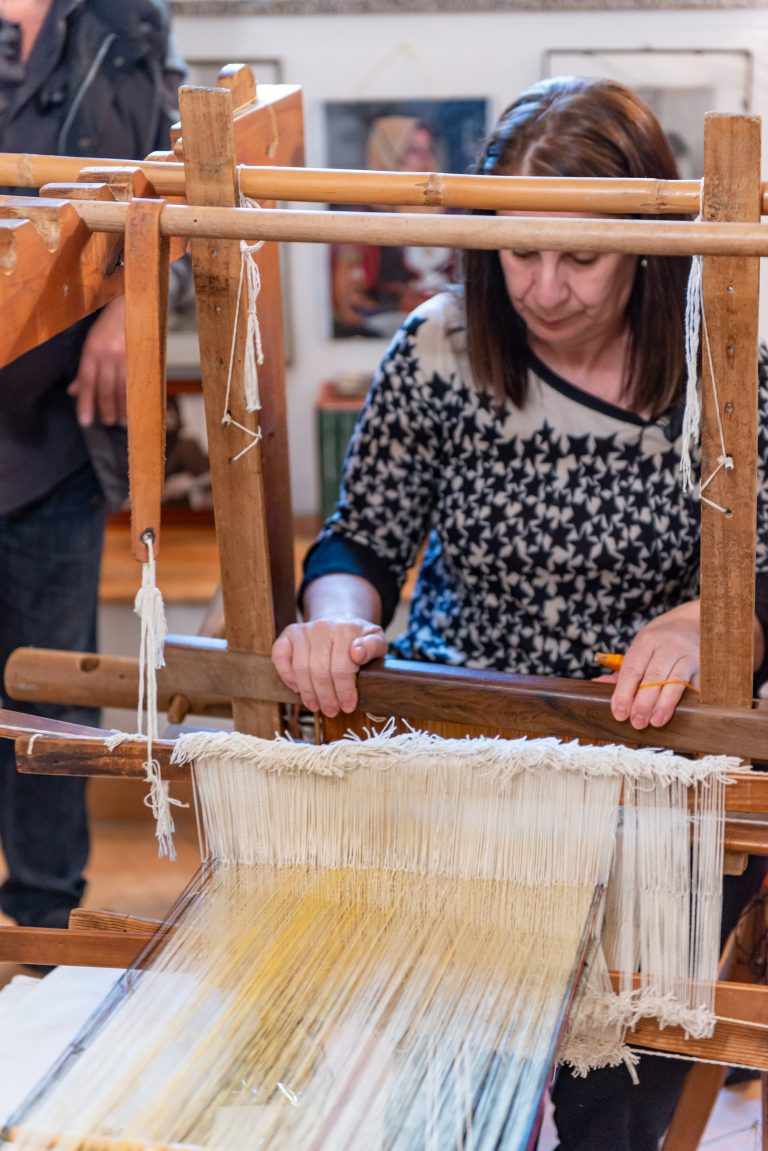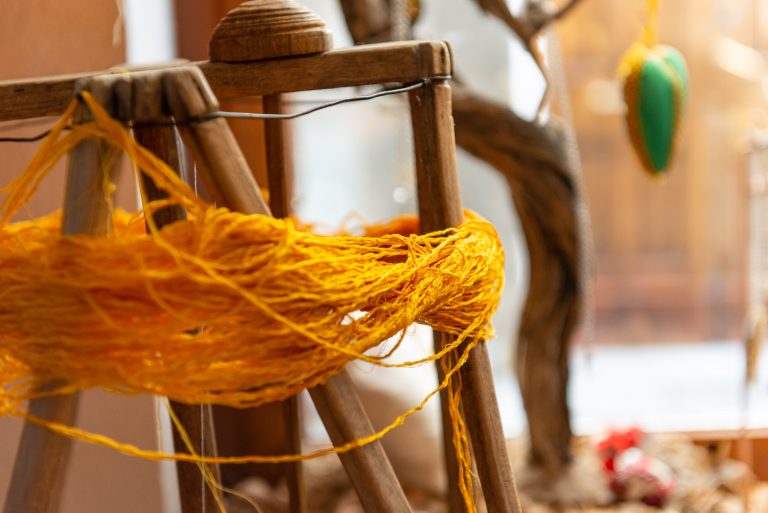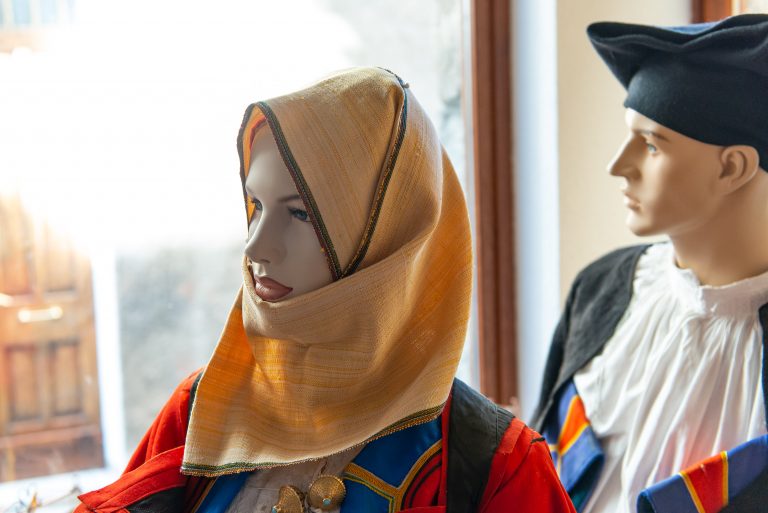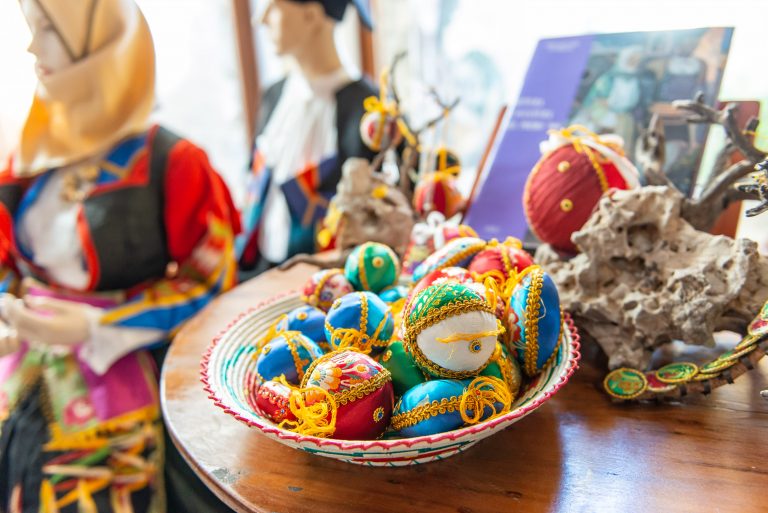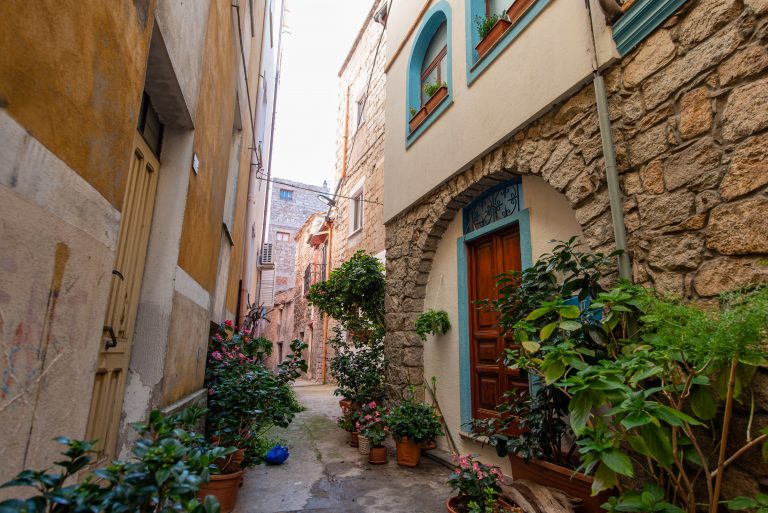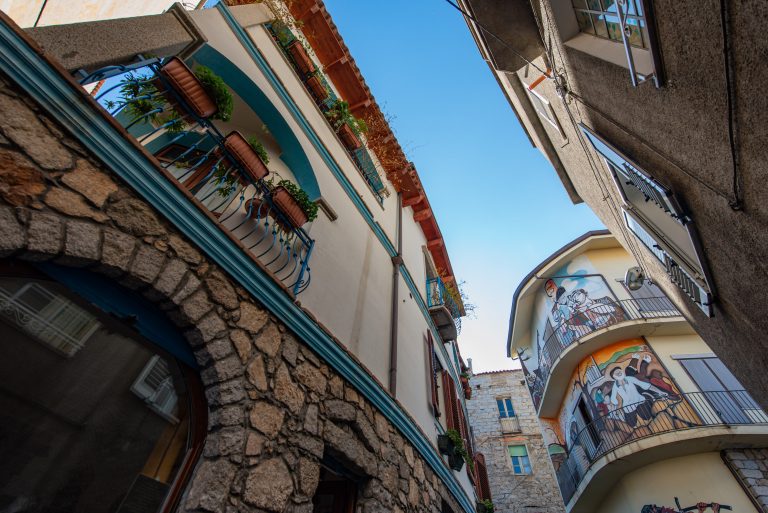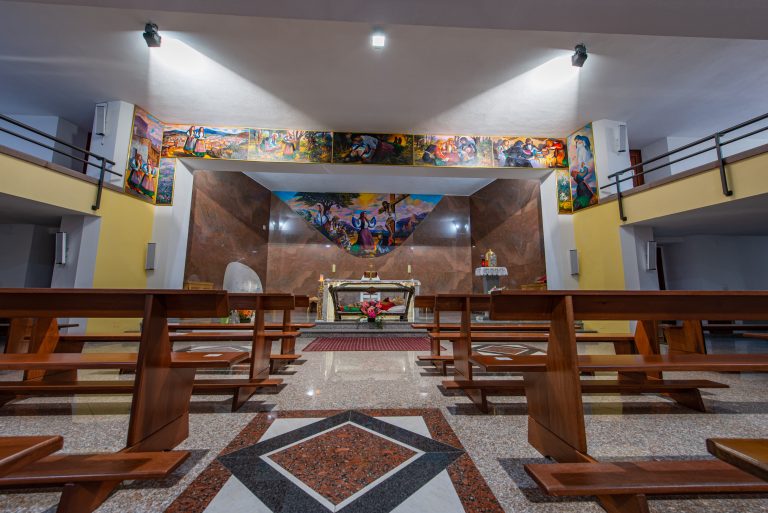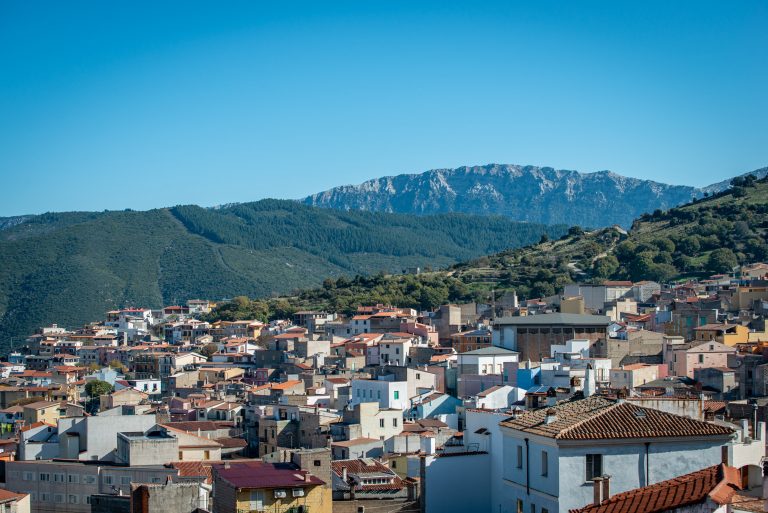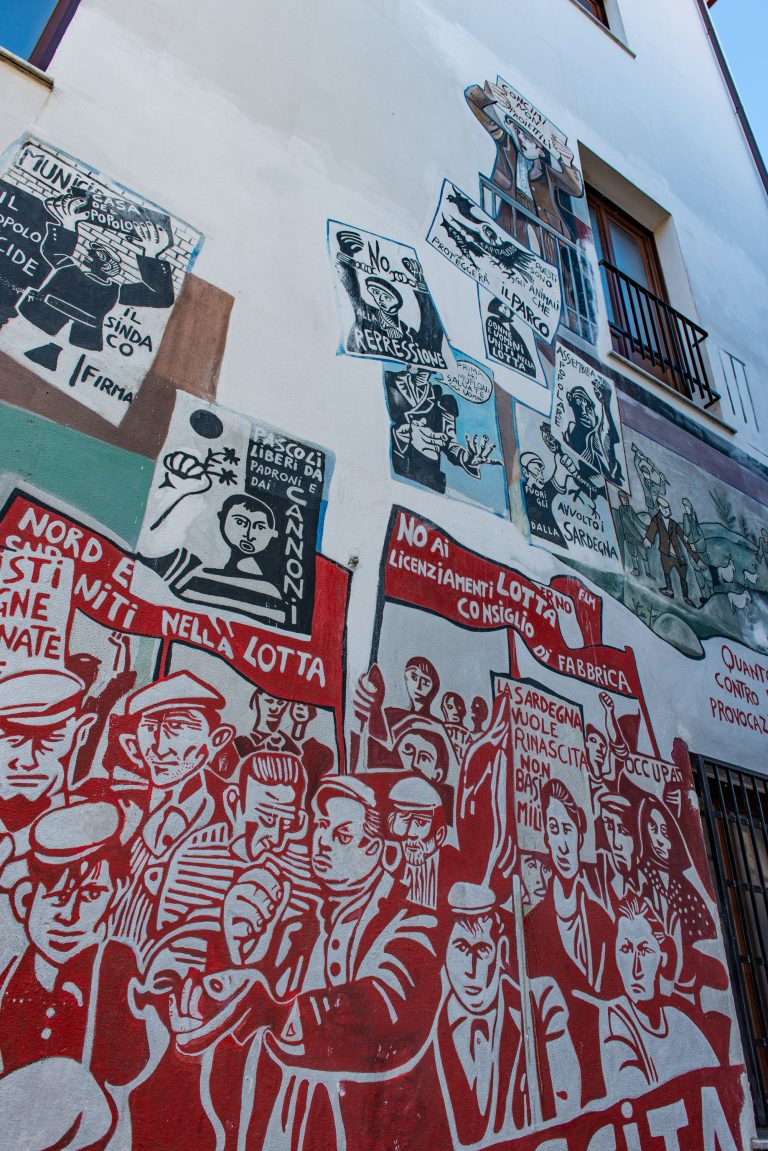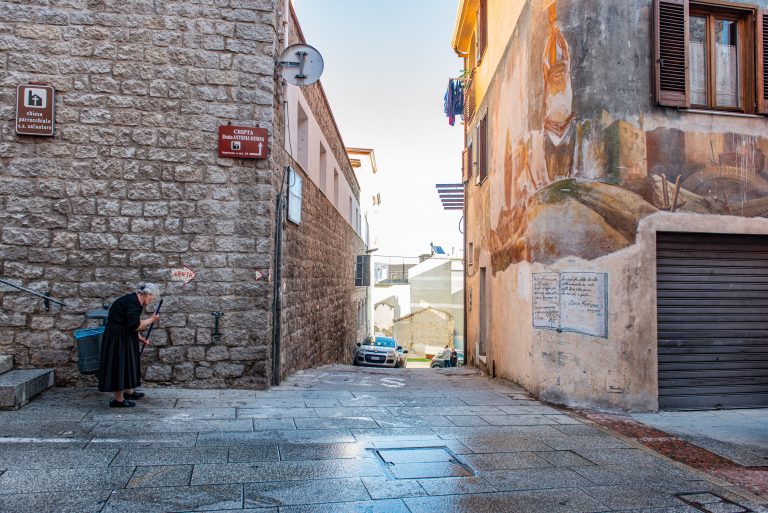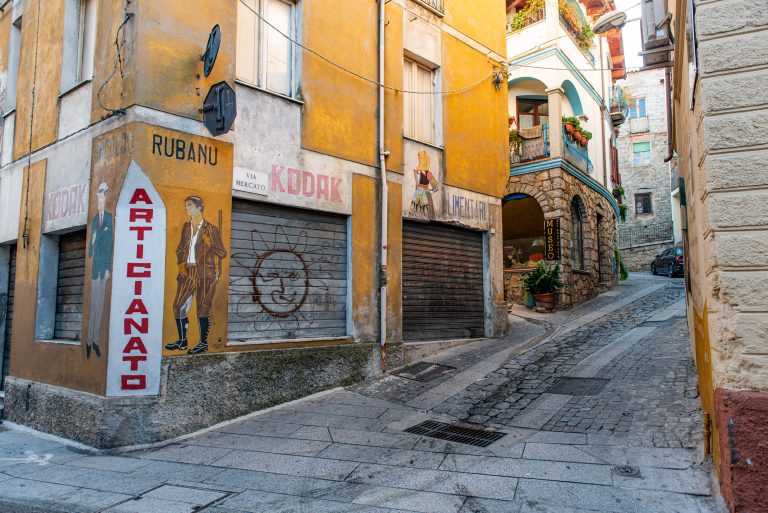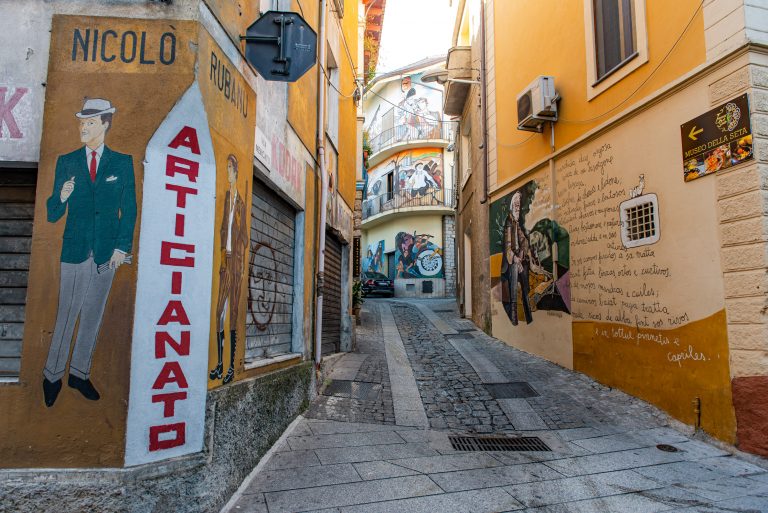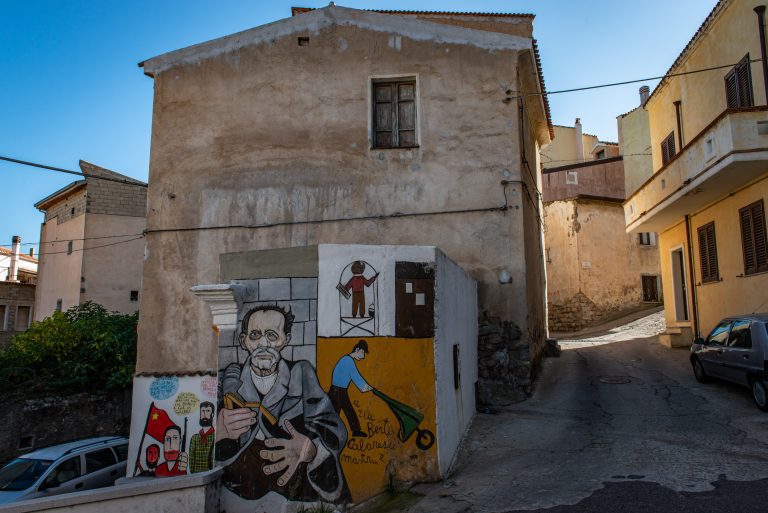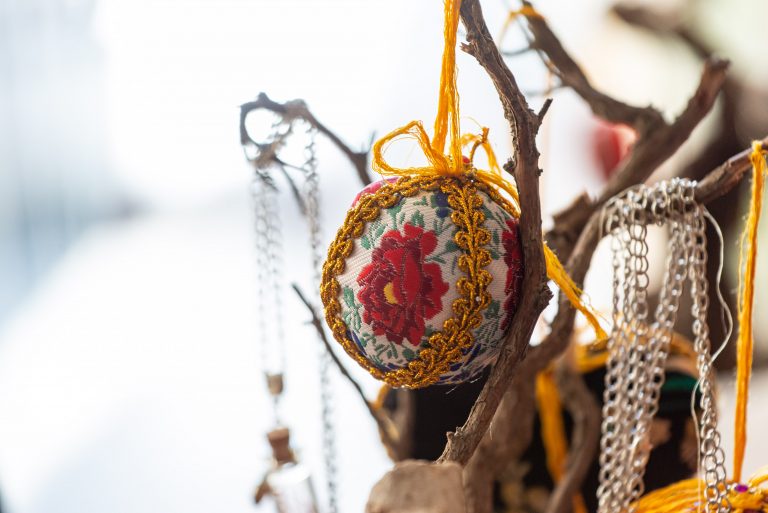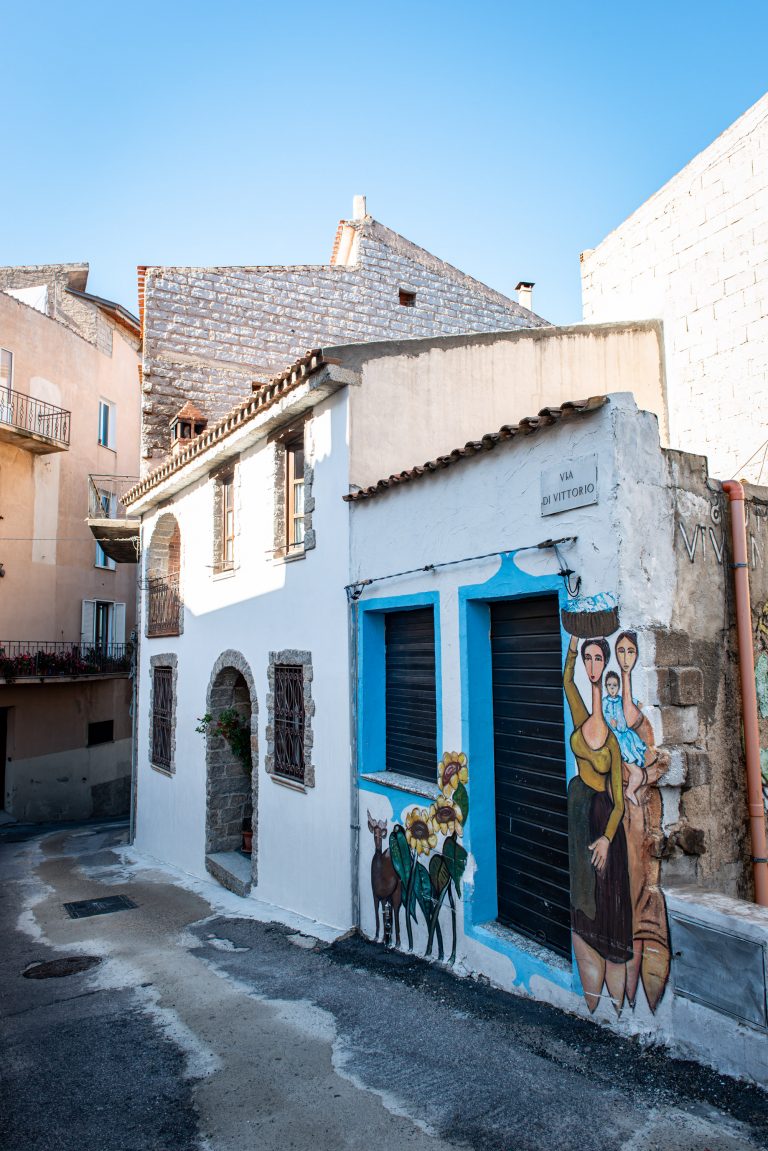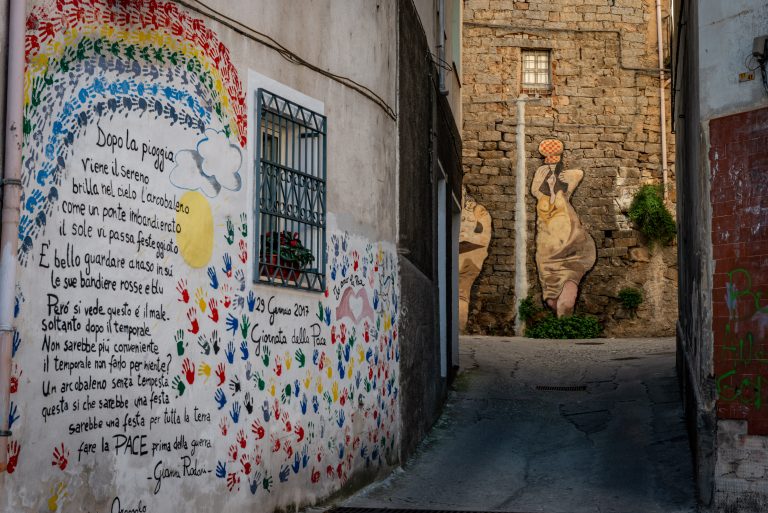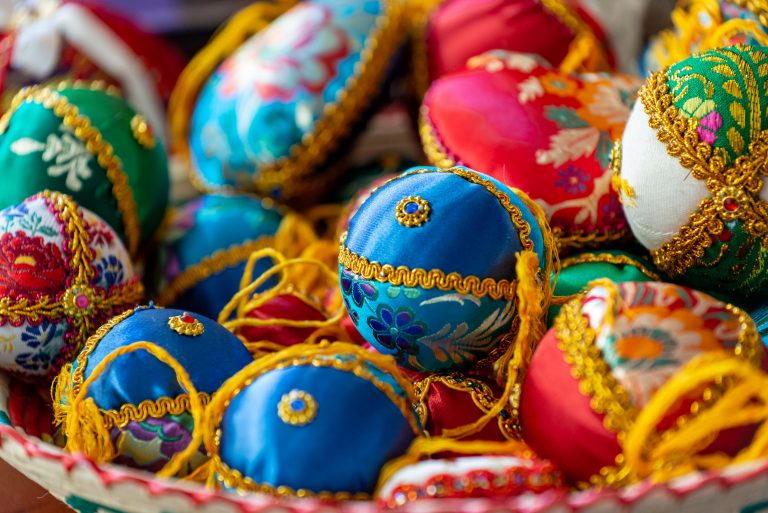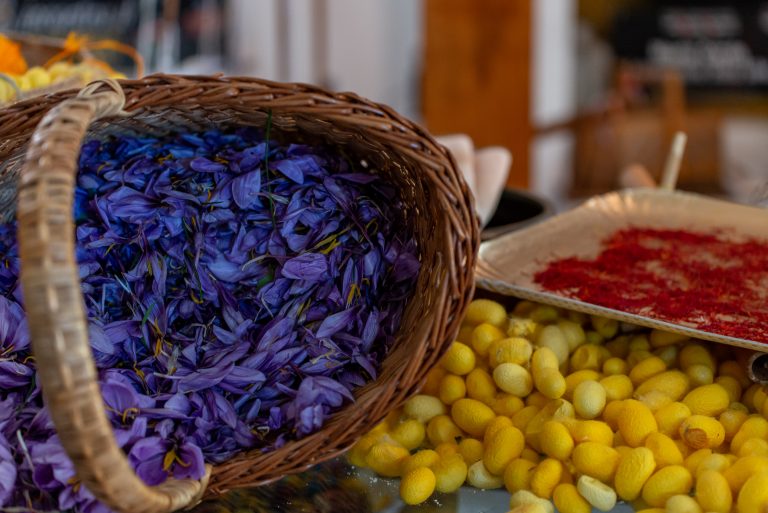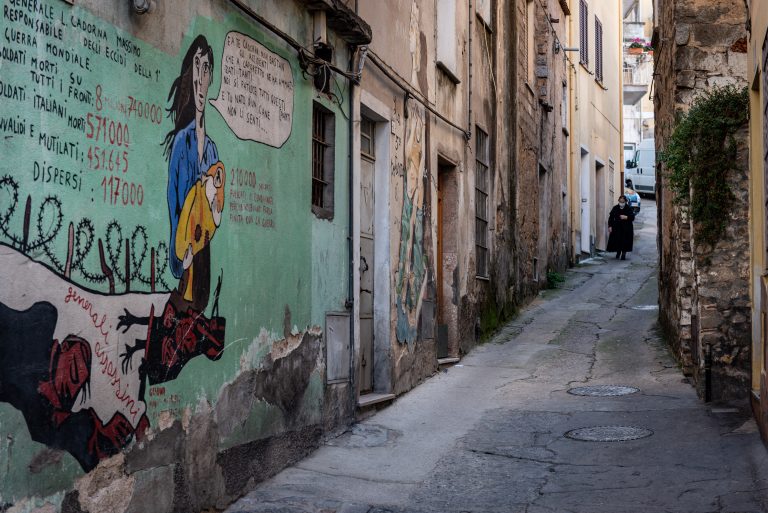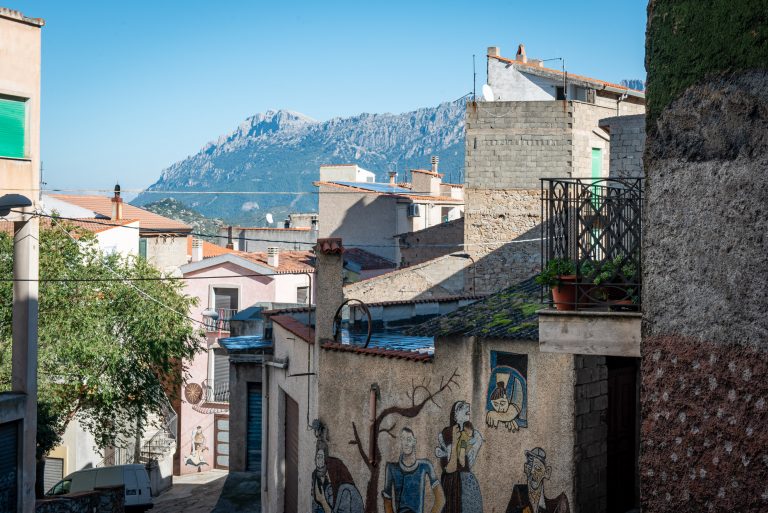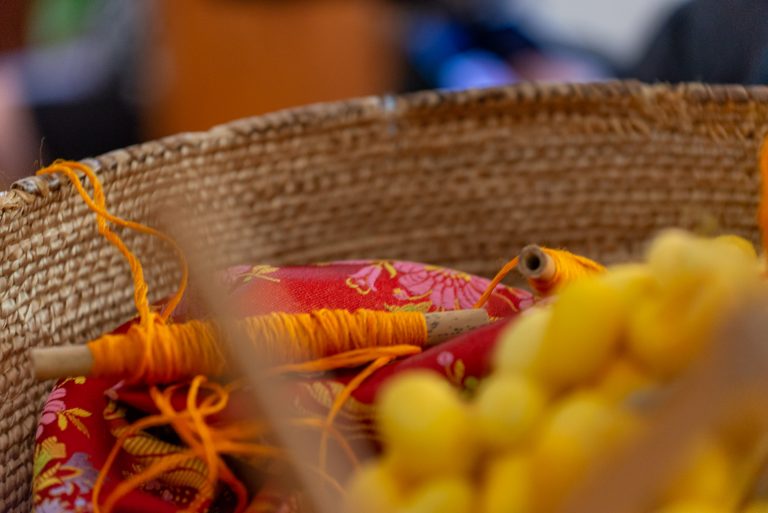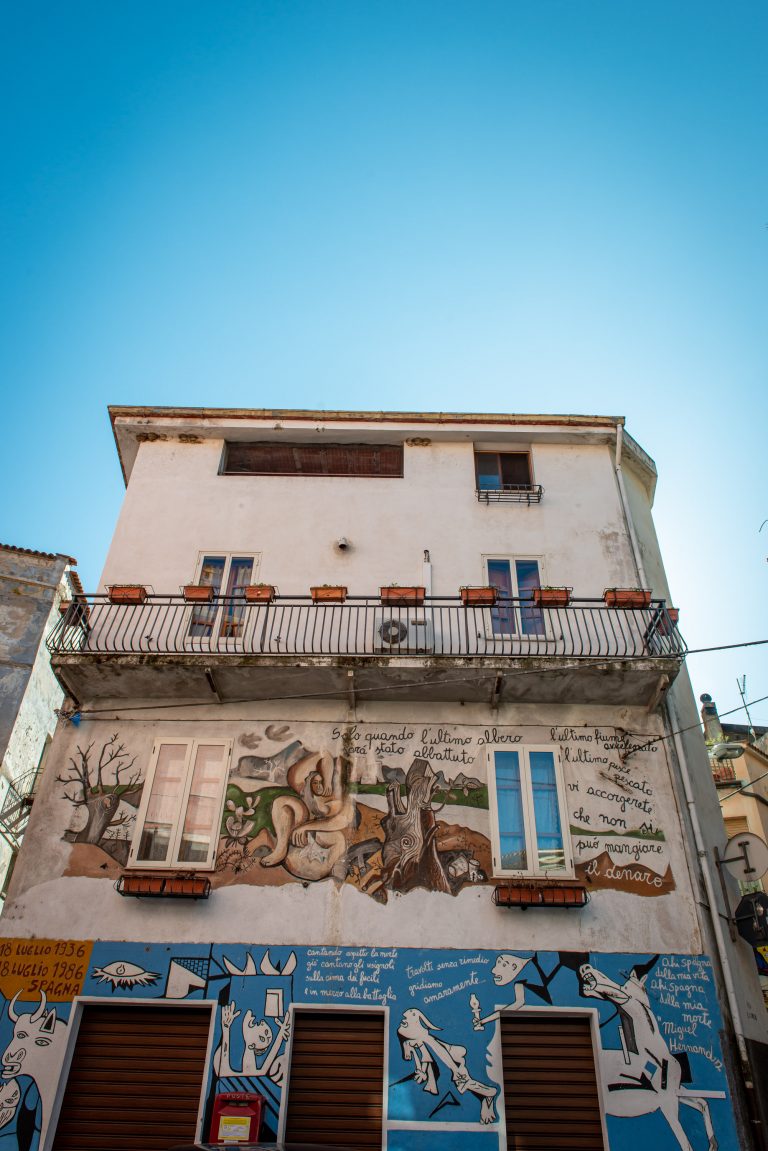ORGOSOLO
From the coast of Cala Gonone to the heart of the Barbargia of Nuoro to discover an unusual little town steeped in history, culture and spirituality. This is Orgosolo, the town of murals that also boasts breath-taking natural wonders such as Su Gorropu Canyon or the sinkhole of Su Suercone. This is where the young martyr, Blessed Antonia Mesina, was born in 1919; aged 16 she defended her chastity to the death. Her relics are housed in the parish church dedicated to St Saviour. From the crypt, the tomb of the blessed martyr reminds worshippers of her stubborn resistance to the evil of man, whilst the frescoed walls of the town’s houses bear powerful universal messages of peace and brotherhood and the struggle against social injustice.
History narrated on the walls of a village-museum. Orgosolo reveals a deep bond with its Barbagia roots and the uses and customs of times gone by: the land of Canto a Tenore (a style of polyphonic folk singing) and the town of murals, it has been proclaimed a World Heritage Site by UNESCO. With 4,500 inhabitants, the town is famous worldwide for its charming paintings that adorn the walls of narrow streets, squares and houses in the old town centre and the facades of new buildings.
These murals tell the story of local politics and culture, intimate discontent and popular revolts, disquiet and social injustice, daily life and pastoral traditions. In the late-19th century, the town became notorious for banditry: in his film, Bandits of Orgosolo (1961), the Italian film director, Vittorio De Seta, described the bitter fight to defend land confiscated by the State.
During the 20th century, cultural ferment grew; still active to this day, Muralism was originally an instrument of protest. A number of both local and international artists have helped to create an open-air museum of over 300 pieces, which will surprise visitors thanks to their bright colours and stylistic merit. Another ancient tradition concerns "su lionzu", the elegant headscarf worn framing the face by women in traditional costume.
To make the scarf silk threads are used for the warp (with silkworms bred locally), while saffron is used to colour the weft. There are two key dates to remember: on the 15th August bank holiday, Sa Vardia ‘e mes’Austu hosts a wild horse race, whilst in mid-October Gustos e Nuscos, is the local edition of the Autumn in Barbagia event, with the focus is on delicious, traditional meat dish called "sa purpuzza".
The town is about 600 metres above sea level, on the slopes of Mount Lisorgoni, an off-shoot of the Gennargentu massif that dominates the valley crossed by the Cedrino River. All around is the spectacular, but impassable landscape of Supramonte di Orgosolo: wild and unspoilt nature in the heart of the Barbagia of Ollolai. It should only be explored accompanied by experienced guides, trekking along paths criss-crossed only by strong winds and wild boar and moufflon. For centuries this was the refuge for bandits and shepherds alike.
Here deep gorges, grottoes and chalky wedges abound, like Mount Novo San Giovanni (1300 metres) and Mount Fumai, and golden eagle nest on Mount Su Biu. Along one of the paths that depart from the village, is the sinkhole of Su Suercone, where the land has created a 200-metre-deep and 400-metre-wide chasm. Another unmissable natural monument is the 22 km-long Su Gorroppu Canyon, some of its rock faces are 450 metres high and it is the deepest gorge in Europe, but only accessible in part. Other itineraries lead to Sas Baddes Forest, a rare holm oak wood that also boasts centuries-old yews, junipers and holly bushes and Montes Forest, dotted with shepherd's huts called "pinnettos". These enchanted places are home to pre-historic remains such as the Domus de Janas, the Giants' Tombs and Su Calavriche and Mereu nuraghes.
